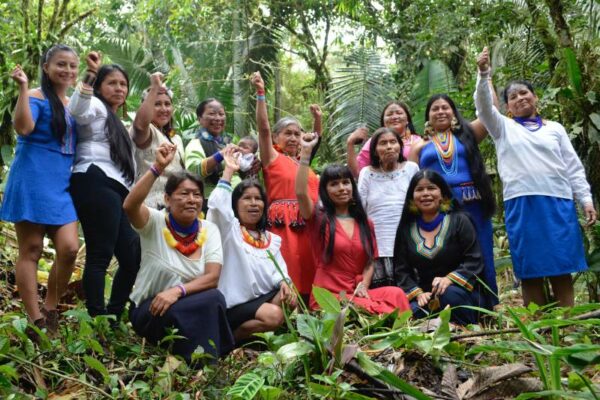Locals are more effective than governments in protecting the world’s largest rainforest, a study said on Tuesday, amid efforts to crackdown on soaring illegal deforestation.
Ranching and logging are rapidly destroying forests that have been home for centuries to indigenous communities in the Amazon, often dubbed the “lungs of the planet” for its role in sucking up climate-changing carbon dioxide.
“Our analysis shows that local stewardship of the forest can be very effective in curtailing forest degradation in the Peruvian Amazon,” the study’s lead author, Judith Schleicher, a researcher at the University of Cambridge, said in a statement.
“Local conservation initiatives deserve more political, financial and legal support than they currently receive.”
The study by British and Peruvian researchers used remote sensing information and official data from 2006 to 2011 to compare government-run protected areas in Peru with lands managed by local forest communities and indigenous groups.
While both strategies proved more effective for maintaining rainforest than non-protected areas, those managed by locals fared better than government-administered land, it found.
Campaigners hope the involvement of Peru’s environment ministry in the study could shift management policies.
Peru has pledged to reach zero net new deforestation by 2021, but environmentalists say a push by illegal gold miners and palm oil producers into the Amazon frontier could make that goal impossible.
Peru’s environment minister Elsa Galarza praised community park rangers protecting its forests.
“The population is a great strategic ally to conserve our ecosystems,” she said in a statement on Saturday.
Campaigners say environment ministry officials face pressure from powerful lobby groups with economic interests in extracting raw materials from the Amazon who oppose handing control over forest lands to local communities.
More than 40 percent of Peru’s greenhouse gas emissions come from land-use change and forestry, according to data from the United Nations Food and Agriculture Organization (FAO).
Invasions of indigenous lands close to Brazil’s border with Peru have been increasing with at least ten members of an “uncontacted” tribe reportedly massacred last month by gold miners.













